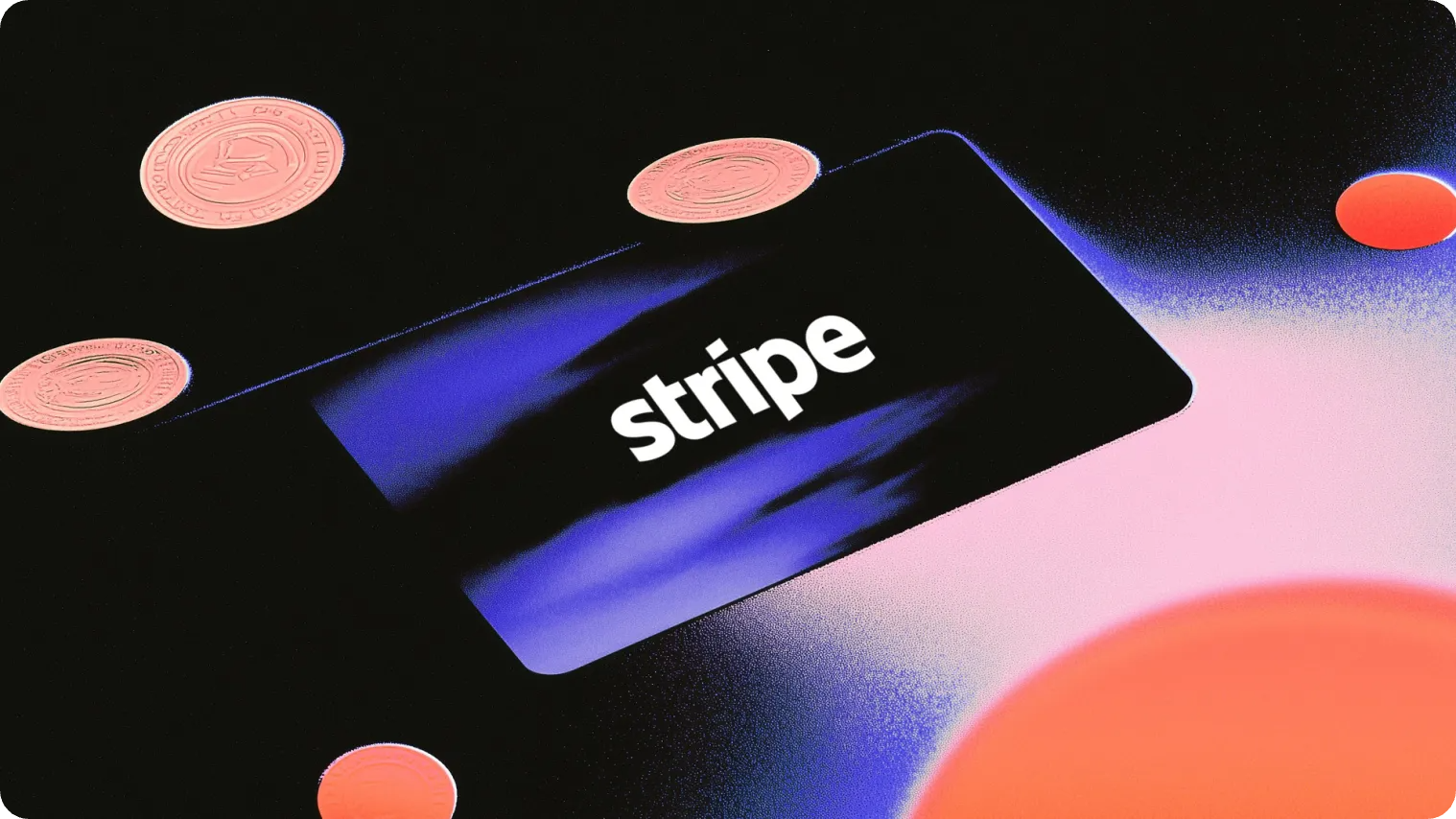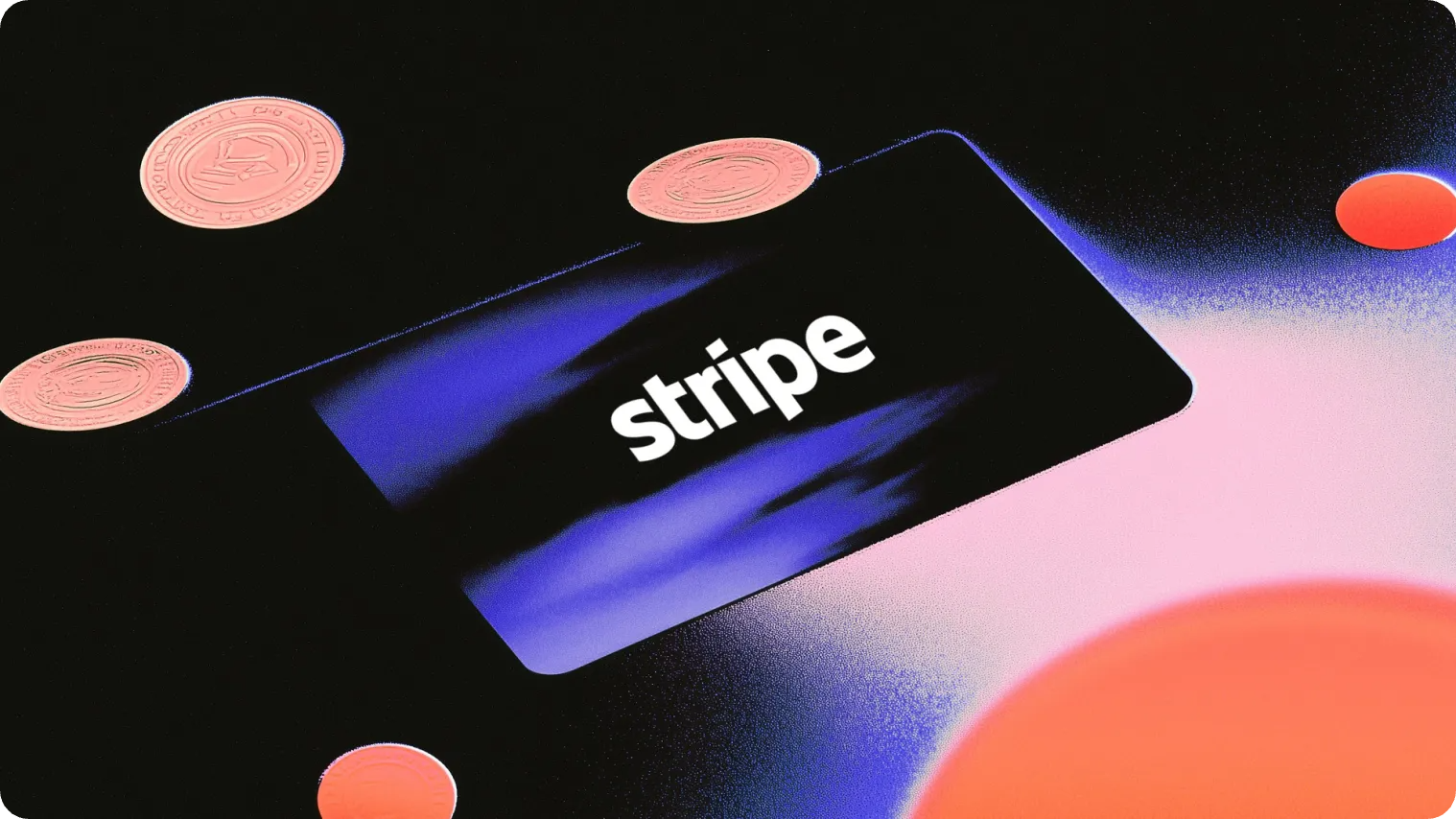Stripe's Superstar Stack


View in Browser
Sponsor: Frax — Fraxtal Ecosystem: Where DeFi Meets AI.

- 🇺🇸 Senate Moves GENIUS Stablecoin Legislation Ahead. A bipartisan group of Senators voted the bill forward, with final approval likely set for the coming days.
- 🔐 Stripe is Buying Privy. The payments giant is acquiring the wallet infrastructure startup for an undisclosed sum.
- 🟣 Polygon Founder Steps Up as CEO of Polygon Foundation. Sandeep Nailwal is taking control at the Polygon Foundation, saying the community 'needs clear direction.'
| Prices as of 5pm ET | 24hr | 7d |

|
Crypto $3.43T | ↘ 0.3% | ↗ 4.5% |

|
BTC $108,929 | ↘ 1.0% | ↗ 4.1% |

|
ETH $2,817 | ↗ 1.6% | ↗ 8.1% |

Stripe is steadily stacking an unbeatable suite of stablecoin infra.
The payments giant just announced its acquisition of Privy, a popular wallet infrastructure provider, marking another major step in its return to crypto – drawn back by the runaway potential of stablecoins.
If you don’t know who Stripe is, well, they’re a payments platform serving half the Fortune 100 and 78% of the Forbes AI 50, who processed $1.4T in payments last year – a 38% jump from the year before. Revenue processed on Stripe is growing seven times faster than S&P 500 companies, giving the platform enormous reach across mainstream commerce.
In other words, they’re exactly who we want to be championing stablecoins.
Stripe's latest acquisition follows its much-hyped purchase of Bridge: its largest acquisition ever. Together, these deals signal Stripe's intent to own the full stack for stablecoin-native payments and programmable money.
Let's take a look at what Stripe has going for it right now. 👇
What Privy Brings to the Stack
Privy provides toolkits to sand away crypto’s rough edges, particularly when it comes to wallets.
The platform lets developers embed crypto wallets directly into their applications via their software development kits (SDKs) so that users can create wallets with familiar login methods like email or social accounts.
According to their acquisition announcement, the platform currently powers over 75M accounts across more than 1,000 teams, processing billions in transaction volume. Its client roster spans some of crypto’s key players, such as Hyperliquid and Farcaster.
We're delighted to welcome @privy_io to @stripe.
— Patrick Collison (@patrickc) June 11, 2025
Money has to reside somewhere, and Privy builds the world's best programmable vaults. Alongside our other stablecoin work, we're looking forward to enabling a new generation of global, internet-native financial services. https://t.co/TtZxIytWpI
For Stripe, Privy fits in as a natural complement to its feature set from Bridge, turning the wallet infrastructure needed for stablecoin payments into a Stripe-like plug-and-play feature to exist alongside all of Bridge’s existing stablecoin offerings.
Put differently, Stripe can now offer tools across all levels of the crypto stack, in the frontend with Privy’s wallet tools, and in the backend with Bridge’s stablecoin services.
Bridge: The Stablecoin Backend
Bridge, acquired by Stripe in February for $1.1B, offers three core services that developers can access with a few lines of code:
- Orchestration — letting businesses move, store, and accept stablecoins while Bridge handles compliance and regulatory requirements
- Issuance — enabling companies to create their own stablecoins, with reserves invested in U.S. Treasuries and yield shared with the issuer
- Transfers — powering global money movement and account creation in both dollars and euros.
The real-world use of Bridge already proves quite significant. Starlink, through its parent company SpaceX, uses Bridge to bring revenue earned in Argentina back to the U.S. in dollars. People in Nigeria pay for YouTube Premium and ChatGPT through Bridge's rails, while U.S. small businesses accept global stablecoin payments without worrying about international banking complexities.
Introducing Stablecoin Financial Accounts. Hold a stablecoin balance. Send and receive funds with fiat and crypto rails. Accessible from 101 countries: https://t.co/yXtE9cdeaz. pic.twitter.com/WnifgAutoA
— Stripe (@stripe) May 7, 2025
Since the acquisition, Bridge has expanded rapidly. Its Stablecoin Financial Accounts now operate in 101 countries, allowing businesses to hold balances in USDC and USDB (Bridge’s stablecoin) while receiving funds through both traditional banking and crypto networks.
Further, Bridge recently partnered with Visa to launch the first-ever global stablecoin card issuing product. Through this, fintech and crypto companies like Ramp, Squads, and Airtm have begun issuing Visa cards linked directly to stablecoin wallets, allowing cardholders to spend their stablecoin balances at over 150 million Visa-accepting merchants worldwide.
Moving money across borders is slow, expensive, and unpredictable for businesses today.
— Ramp (@tryramp) May 7, 2025
Ramp and @stripe's stablecoin-backed cards will flip that reality, unlocking faster, reliable payments and built-in protection from currency volatility.
First launching in Latin America! pic.twitter.com/b3IMDCEXg3
A Full-Stack Commitment
Stripe's crypto journey spans over a decade of starts and stops. The company tested Bitcoin payments in 2014 but dropped support by 2018 due to volatility concerns. It joined Facebook's Libra project in 2019 (which birthed Sui and Aptos), then exited.
Each retreat cited the same issues: price volatility, unclear infrastructure, and regulatory uncertainty. This current administration's relationship with crypto and stablecoin advances changed that equation. Dollar-pegged, programmable, and globally liquid, stablecoins offer the stability of traditional currency with the programmability of crypto, and come backed by the increasing support of the U.S. government.
Stripe's recent product expansion reflects this new confidence. The company reintroduced crypto payments in 2024 after a six-year hiatus, accepting USDC on Solana, Ethereum, and Polygon. Its partnership with Coinbase added Base support for crypto payouts while enabling fiat-to-crypto onramps directly inside Coinbase Wallet.
Now, with Privy handling wallet infrastructure and Bridge powering stablecoin backend services, Stripe controls both ends of the programmable money stack. Historically, stablecoin adoption has been constrained by infrastructure gaps — businesses wanted to accept crypto payments but couldn't easily onboard users, while users wanted crypto payments but faced wallet friction.
But now Stripe can remove those barriers for them. For stablecoin adoption, this represents a potential inflection point.
Stripe's reach extends far beyond crypto-native applications into mainstream commerce, enterprise software, and global marketplaces. By making stablecoin integration as simple as adding a payment method, Stripe could accelerate adoption across markets where crypto remains niche.
Overall, the company isn't just buying infrastructure — it's building the foundation for programmable money that works alongside fiat, crypto, and AI. After years of cautious experimentation, Stripe's full-stack commitment looks primed to accelerate the timeline it stakes for stablecoins to move from crypto-native to truly mainstream.

The Fraxtal ecosystem is expanding at lightning speed—this month’s biggest highlight is IQAI.com, the newest Agent Tokenization platform from IQ and Frax. IQ is building autonomous, intelligent, tokenized agents launching on Fraxtal in Q1. Empower on-chain agents with built-in wallets, tokenized ownership, and decentralized governance—all within a fast-growing Fraxtal ecosystem.

Crypto markets are buzzing and institutional appetite is peaking. With Circle’s IPO wildly oversubscribed and a new wave of companies racing to go public, we unpack what this means for the industry.
Jon and Bread join us to break down the hype around crypto IPOs, why TradFi wants stablecoin exposure, and what it signals for projects like Solana, Ethereum, and Hyperliquid. We also debate value accrual, ETH vs BTC narratives, and whether apps or platforms will dominate the next phase of crypto. This is the IPO era of crypto—let's dissect the winners and the delusions.
Listen to the full episode👇
Not financial or tax advice. This newsletter is strictly educational and is not investment advice or a solicitation to buy or sell any assets or to make any financial decisions. This newsletter is not tax advice. Talk to your accountant. Do your own research.
Disclosure. From time-to-time I may add links in this newsletter to products I use. I may receive commission if you make a purchase through one of these links. Additionally, the Bankless writers hold crypto assets. See our investment disclosures here.